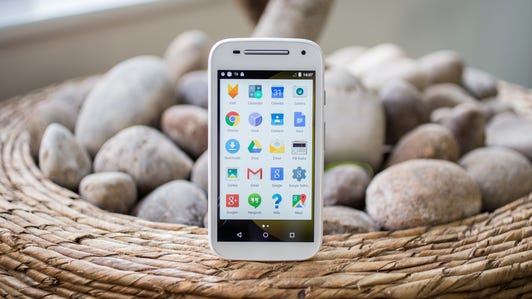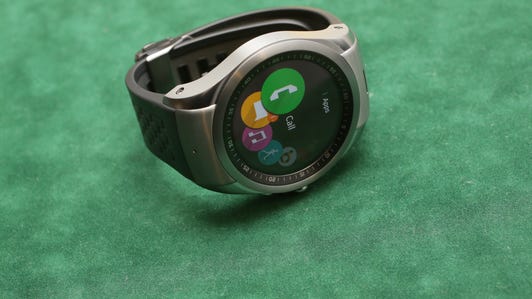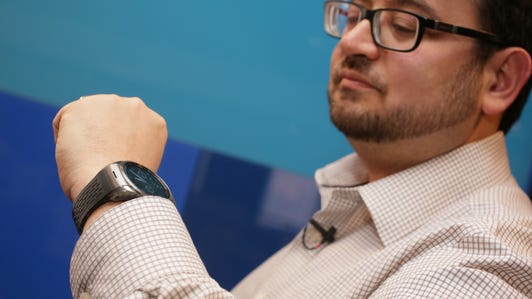
Roger Cheng/CNET
BARCELONA–Motorola President Rick Osterloh isn’t going to hop on the latest trendy feature for smartphones and smartwatches.
Osterloh, speaking at a press event near the Mobile World Congress trade show on Wednesday, said he wasn’t a fan of the fingerprint sensors, and felt they weren’t consistent enough to use in his products.
The comments come following a show that saw a lot of chatter about improving fingerprint sensing technology, with noise coming from small start-ups to heavy hitters such as Qualcomm. The feature has grown in popularity since Apple added it to the iPhone 5S in 2013, and rival Samsung has included a fingerprint on the front of the phone to help users verify purchases made through its Samsung Pay feature.
It wouldn’t be the first time Motorola put a fingerprint sensor in a smartphone. The company’s Motorola Atrix, which debuted in 2011, had one mounted to the top of the smartphone, and used early technology developed by Authentec, the biometrics company that was acquired by Apple and which makes the iPhone’s TouchID system. But the sensor was buggy, and the feature faded from its line-up.
Check out the cheap, 4G LTE Motorola Moto E (pictures)






Osterloh, who wasn’t at Motorola at the time, argued that the time it takes to swipe the phone isn’t that much longer than tapping your finger to unlock a device. Also, once mistakes crop up on the readings, the customer is turned off. “All of the fingerprint readers are unreliable,” he said.
Another trend Osterloh dismissed was the idea of employing an e-ink or low-power always-on display on the smartwatch to help save on battery life.
“The displays need to be rich,” he said. “E-ink lacks that quality.”
Motorola is in a good place when it comes to smartwatches. While the adoption of Android Wear has been minimal, with an estimated 720,000 units shipping, analysts have Motorola at the head of the pack thanks to the early adoption of its round face, metal parts and high-quality materials like steel and leather bands.
But Mobile World Congress saw the debut of several high-quality competitors, including LG’s Watch Urbane LTE and Watch Urbane, which employed stainless steel in its body. The Huawei Watch employed both metal and a sapphire glass, just like a high-end time piece.
LG Watch Urbane LTE






How does Motorola stay ahead? The company plans to invest in software and experiences, Osterloh said, noting that it has been investing in an app called Moto Body to help with fitness and diet tracking.
Motorola also plans to lean on the customization element that has helped drive Moto X sales with MotoMaker. The MotoMaker feature will be available to customers around the world later this month, a spokeswoman confirmed.


Now playing:
Watch this:
Huawei Watch a gleaming sapphire Android Wear beauty
1:26



